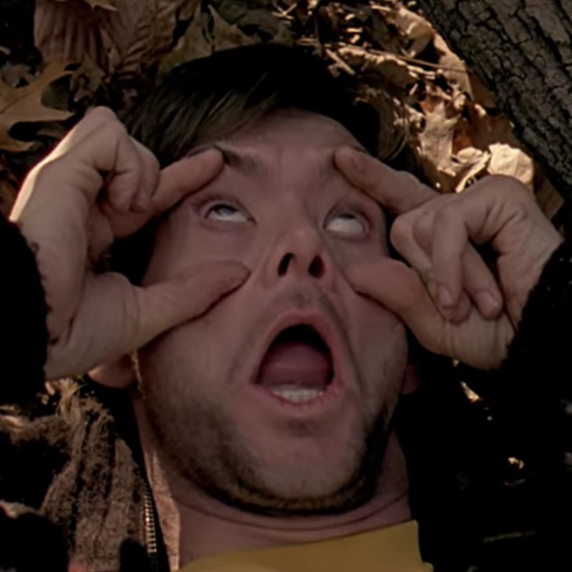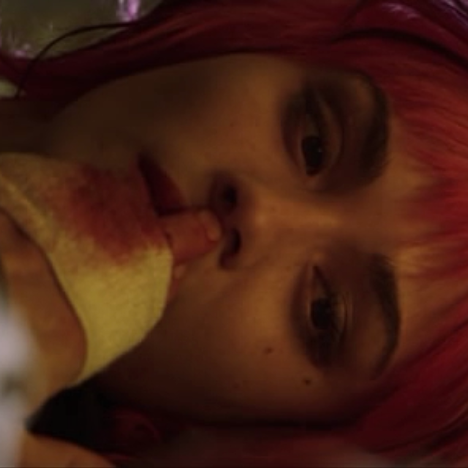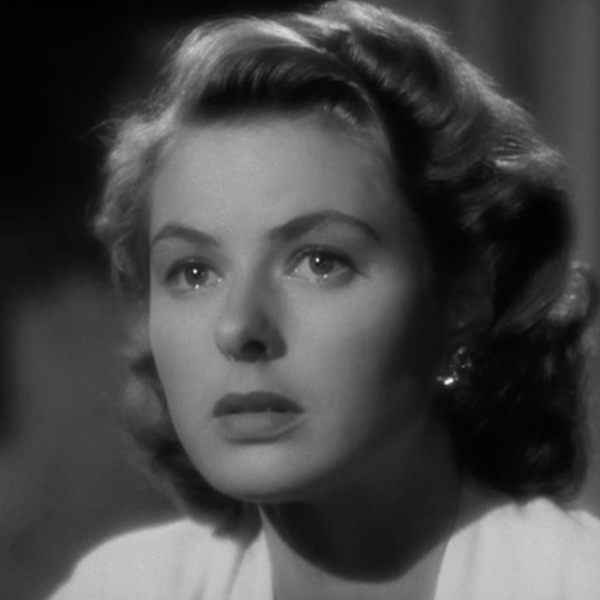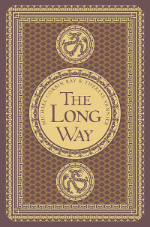It’s not magic. It’s just a circle.
At least since the time of Aristotle, we’ve known that stories have a beginning, a middle, and an end. It seems obvious now: the set-up, the conflict, the resolution. Act One, Act Two, Act Three. These are the barest bones upon which to hang a tale. But also since the time of Aristotle, we’ve known that good stories go much deeper than that. Stories have shape and structure and beats and inciting incidents and reversals and setups and payoffs. They have dialogue and character arcs and settings and themes. There’s a lot to keep track of.
Investigating story structure isn’t so much about discovering the secret formula for blockbuster success, but it is about figuring out some of the commonalities of effective storytelling. What works? What doesn't work? If it doesn’t work, how can we fix it? What techniques might help us in our efforts?
And so writers break stories—our own and others. We tear them down into their smallest parts so we can see what makes them tick. We make detailed outlines and flow charts and note cards and graphs. It gets complicated.
A Different Way of Looking at Things
One way to take control of the chaos is with a story circle. A story circle (sometimes called a story clock)
is just one way of visualizing the elements of a story. Story circles have gained prominence
in recent years due to the work of Dan Harmon
(and the unfettered enthusiasm of his fans) but you'll also see them used frequently
in explanations of Joseph Campbell’s Hero’s Journey
.*

A story circle is a flexible tool that isn’t tied to any particular philosophy of story, though. Rather than looking for Harmon’s Hard Eight or trying to ferret out the ten or seventeen or whatever stages of Campbell’s monomyth, I tend to stick with a simple three-act structure when I break down a story using a story circle, as in the example here:
The story circle graphics on this site are interactive, so you can hover over elements for detail. Unfortunately, unless you have a large screen the text can be difficult to read. If that’s the case, you can use the link on the bottom right to pop the image into a larger window (still likely not very effective on small screens) or you can use the outline view link (top right above the graphic) for an easy-to-read outline. Outline elements can be clicked to show and hide additional details.
Even if you can’t quite read what’s in the circle, it serves as a nice snapshot of a story’s structure, and can be helpful in picking out symmetries you might not otherwise see. If the text is too small, I do encourage you when reading articles on this site to toggle back and forth between the story circle and the outline view for a deeper understanding of the stories under review.
Actually, what I encourage you to do is to break as many stories as you can on your own. A simple pencil and sheet of paper** will do the job just fine, and you’ll learn more from doing it yourself than you’ll ever get from me. But since I’m doing these for myself anyway, I figured I might as well throw up a site since maybe you can get something from them.
Happy circling.
Story Circle Mug
Keep your coffee and your story circle guide close at hand with this mug that serves as a constant, invaluable reminder of Dan Harmon’s eight story steps. If you don't drink coffee, it also makes a great pen holder or receptacle for the blood, sweat, and tears you spill every day hunched over your keyboard. Learn more.

*If you’re not familiar with Dan Harmon or Joseph Campbell, follow the links for hours of fun.
**I've put together a few blank story circle journals that you can pick up at Amazon if you're interested. These journals alternate empty story circle templates with dot grid pages that you can use for notes, storyboarding, or whatever you like. Three versions are available: two paperback notebooks of 30 and 100 pages, and a nice hardback notebook with 150 pages. If you purchase any of these, I'll earn a few bucks that will go toward keeping this site alive. Alternatively, you can sign up for the Story24 mailing list (see the right column of this page) and I'll send you a link to a pdf of the same story circle template and dot grid pages that you can print and use for free.
Also, be sure to check out my Resources page, where I've put together a big list of books and websites that might be helpful to you as a writer, storyteller, or filmmaker.
Yeah, It Gets Complicated

My Books
Recent Posts
- Before Sunrise
- Pulp Fiction
- Moonrise Kingdom
- Party Down
- Eternal Sunshine of the Spotless Mind
- The Limey
- La La Land
- The Apartment
- Kiss Kiss Bang Bang
- John Wick
- Election
- Casablanca
Help Me Choose
What movie should I write about next? I have a few ideas, but I‘m open to suggestions:
CatsChildren Of Men
Donnie Darko
Four Weddings and a Funeral
Good Will Hunting
Grosse Point Blank
Hell or High Water
Jo Jo Rabbit
La Dolce Vita
La Notte
Logan
Miller's Crossing
Moonlight (2016)
Never Let Me Go
Pan's Labyrinth
Punch Drunk Love
Rambo
Star Wars
The Big Lebowski
The Nice Guys
The Raid 2
or something else
Vote Results for Upcoming Posts
Thank you for your suggestion! Be sure to sign up below to be notified when new story circles are posted to the site!
Pan's Labyrinth (14%)
Donnie Darko (11%)
Star Wars (11%)
Jo Jo Rabbit (9%)
The Big Lebowski (7%)
Punch Drunk Love (7%)
Children Of Men (6%)
Good Will Hunting (6%)
Hell or High Water (5%)
Grosse Point Blank (5%)
Other
Thanks again! And hey, if you’d like to write one of these articles, hit me up.
Write for Story24
If you’re interested in contributing to this site, I would love to hear from you. Learn more here:
Other Business
Some of the links on this site are affiliate links. I earn a small commission when purchases are made after these links are clicked.







